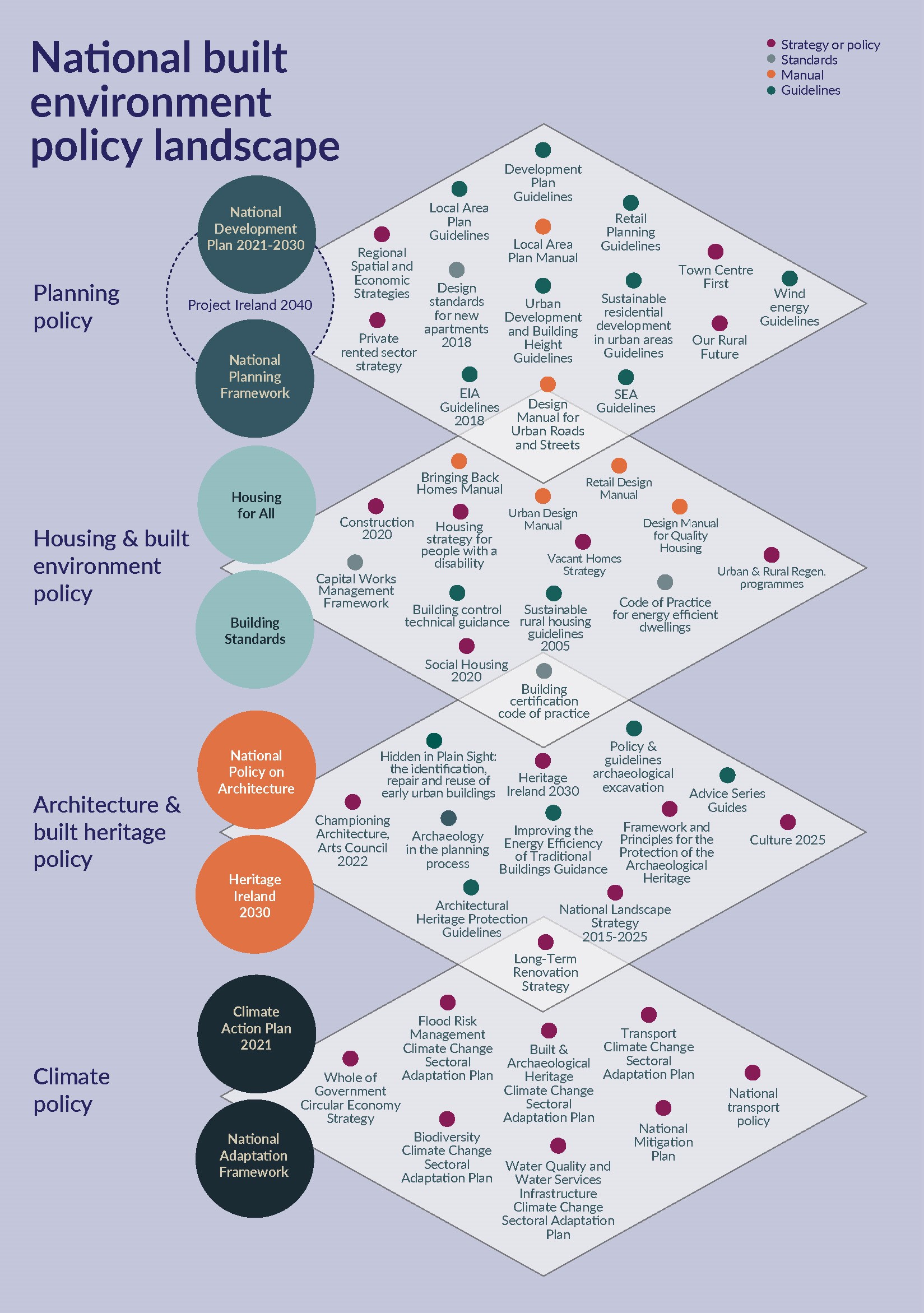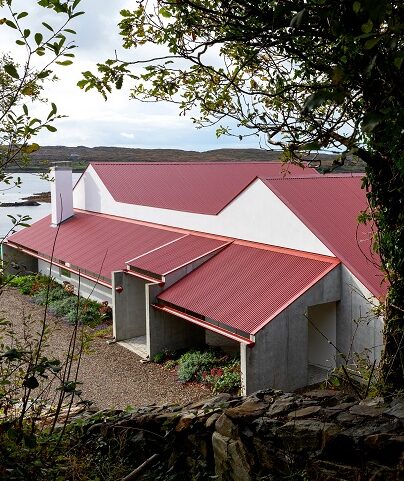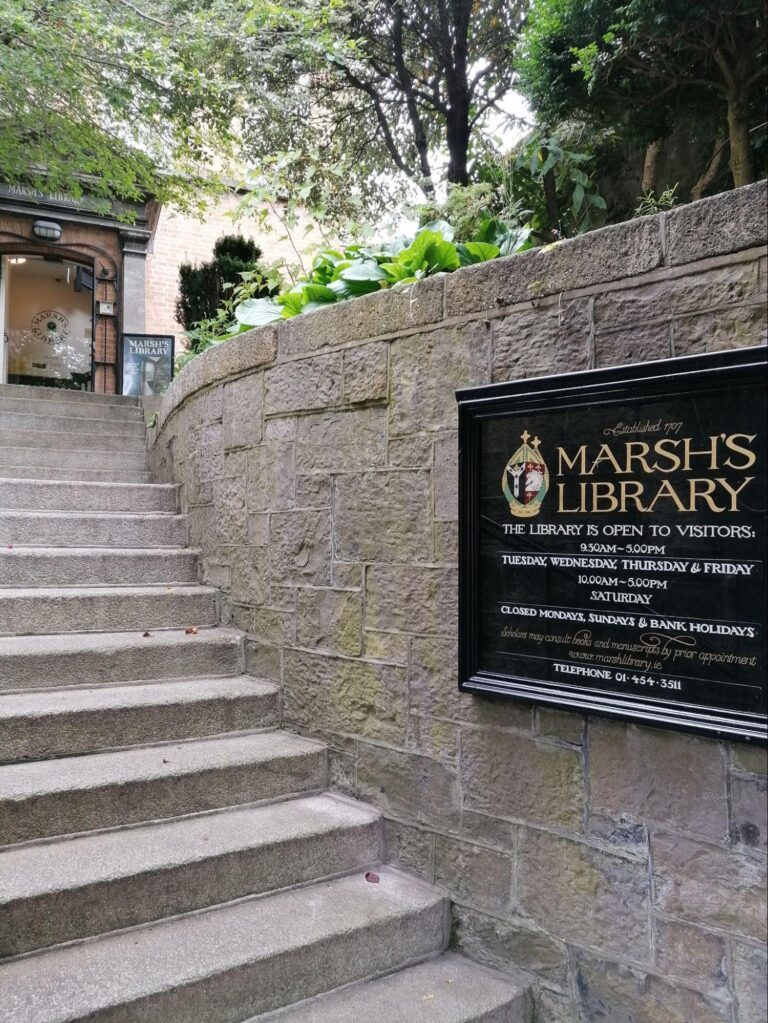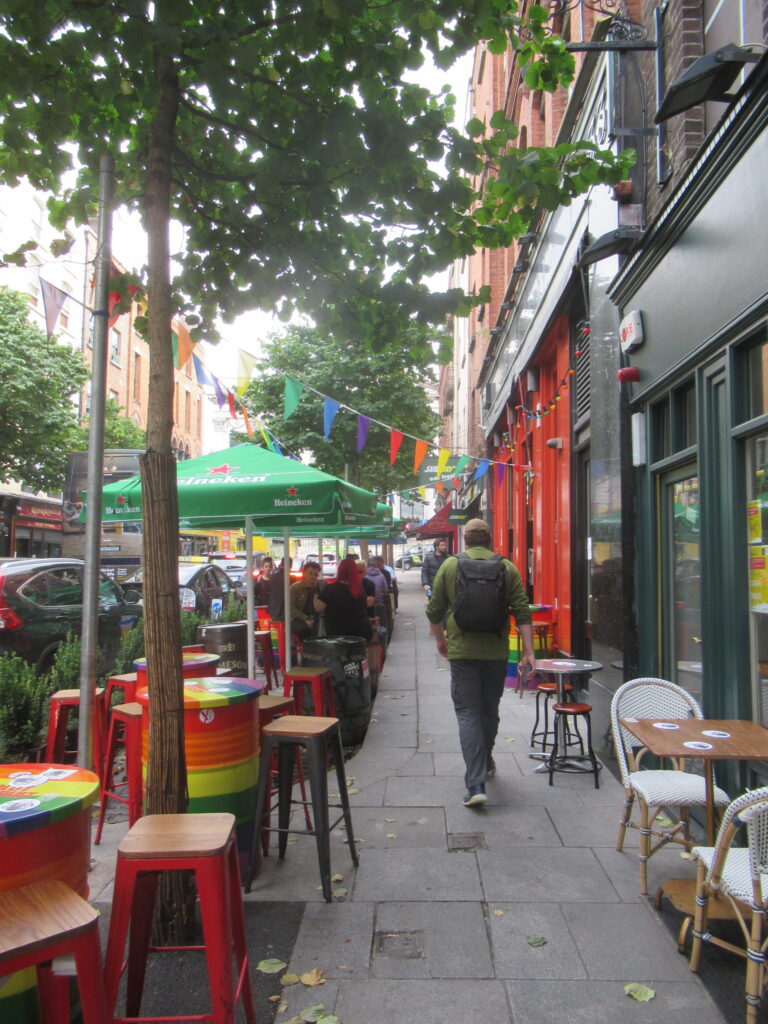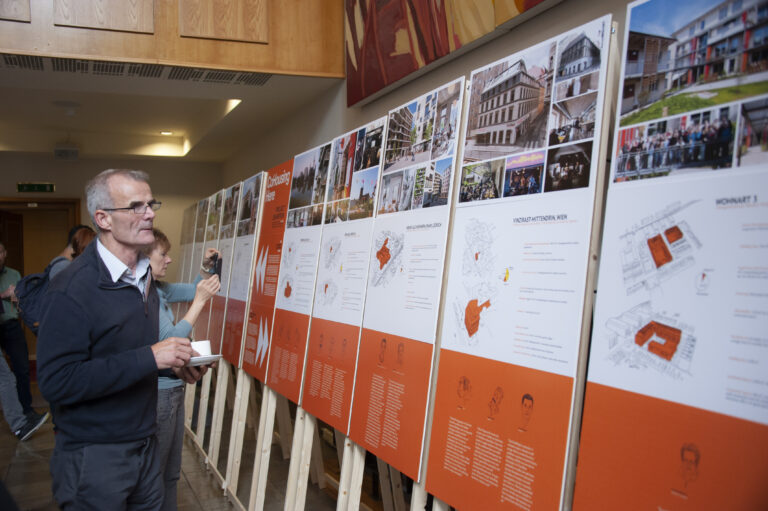Journal •
Places for People, National Policy on Architecture
Producing the National Policy on Architecture, Places for People
The National Policy on Architecture, Places for People, proposes a holistic focus on architectural and living environment quality to support social, environmental and economic outcomes. The report suggests that these desired outcomes are not only possible; it also shows we are making progress by illustrating a range of excellent, award-winning projects and engagement schemes.
These posts are about the process that produced the policy, which aimed to make it a relevant and usable document and the instigator of practical actions.
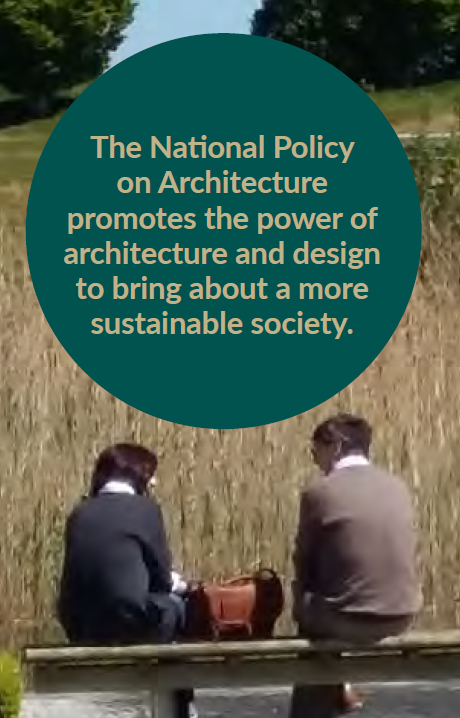
Producing the National Policy on Architecture, Places for People
The National Policy on Architecture, Places for People, proposes a holistic focus on architectural and living environment quality to support social, environmental and economic outcomes. The report suggests that these desired outcomes are not only possible; it also shows we are making progress by illustrating a range of excellent, award-winning projects and engagement schemes.
These posts are about the process that produced the policy, which aimed to make it a relevant and usable document and the instigator of practical actions.
When Places for People was in progress in 2020 we gave a brief view of progress in the 2020 Open House Journal. By then we had received many detailed submissions, which we welcomed and analysed and which provided much material for the policy.
Last spring the policy text was agreed by government and jointly launched by Ministers Darragh O’Brien and Malcolm Noonan at TU Dublin’s Grangegorman campus. It was great to celebrate in person the contribution of so many people! Indeed, some of the atmosphere and positive feedback of the launch was captured on film by Ros Kavanagh, for inclusion in a short film, Places for People, Making the Future World Sustainable, which showcases Grafton Architects (produced with the RIAI). Grangegorman was a fitting location for our launch, as architectural quality is prioritised by the Grangegorman Development Agency and TU Dublin, and built environment knowledge is created and shared there.
The Places for People report first sets the scene, illustrating the complex interlinking regulatory frameworks, factors, people, dynamics, influences, trends and pressures which shape the built environment. We are simultaneously experiencing climate, energy and housing crises, high levels of urban vacancy and dereliction and acute skills shortages. All these moving parts have interlinked causes and effects.
The challenge when developing it, therefore, was to articulate ways Ireland can demonstrate architectural quality and show leadership to improve the sustainability and resilience of the built environment, safeguard our natural and cultural resources and encourage innovation and knowledge creation and exchange. No small task! It is a long-term project and its success can only be judged over time.
The policy’s way of operating is to support many organisations and interests across public and private sectors to work collaboratively to develop, use and share tools and methods that enhance the quality of architecture while working towards a net-zero built environment.
This focus on people is clear throughout the policy, whatever their roles in creating, managing, conserving or developing the built environment. The implementation of this policy is not just for high-level decision makers: everyone has a stake in the quality of the built environment. The architectural decisions taken about places affect us all, whether we are members of the public, building users, workers, owners, investors or visitors.
Contributed by Nessa Roche, Senior Architectural Advisor, Built Heritage Policy, Department of Housing, Local Government and Heritage
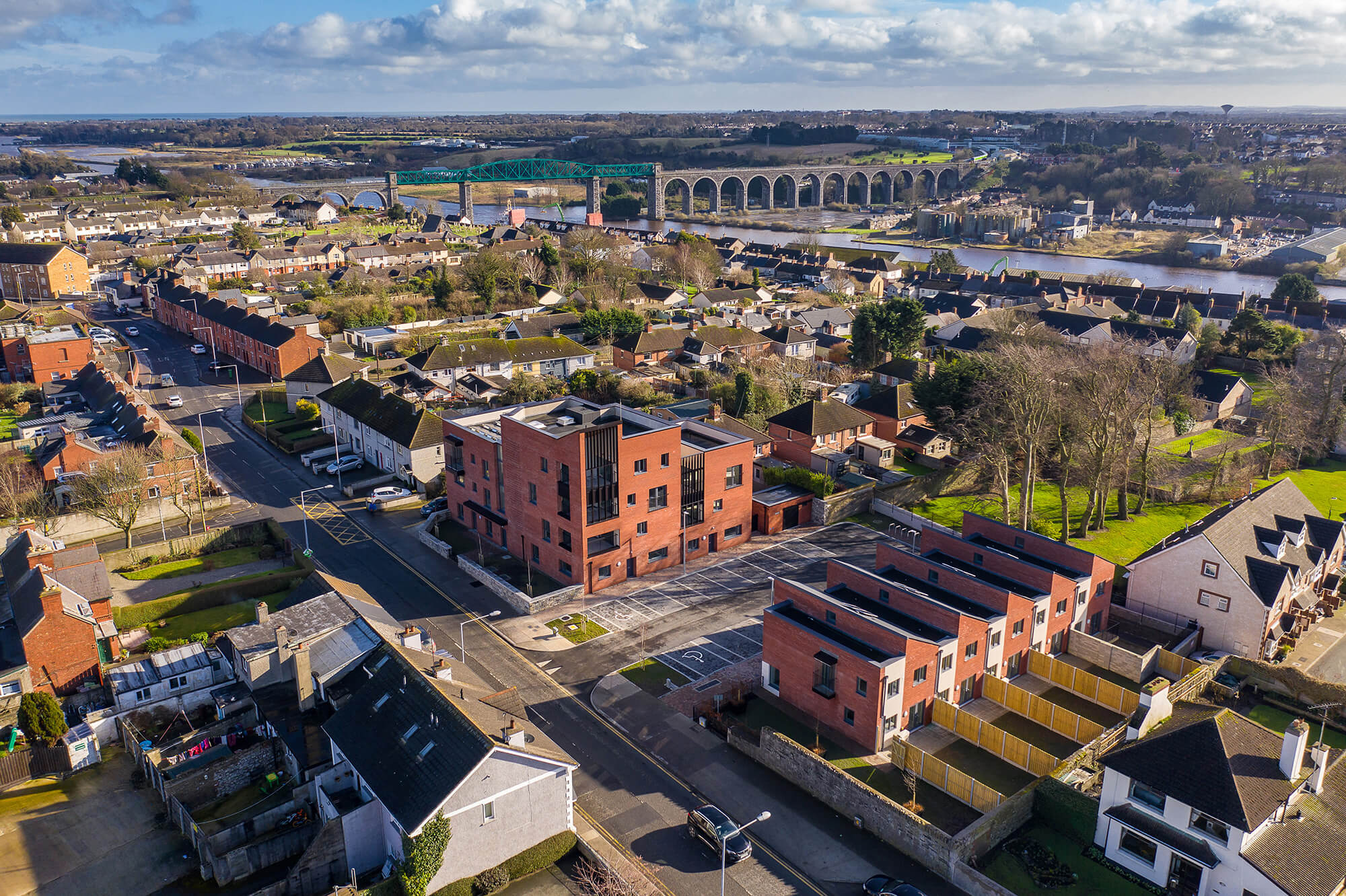 Tooting Meadow Dundalk by McKevitt King Architects, RIAI award winner (photo by Richard Hatch; reproduced courtesy RIAI)
Tooting Meadow Dundalk by McKevitt King Architects, RIAI award winner (photo by Richard Hatch; reproduced courtesy RIAI) 
